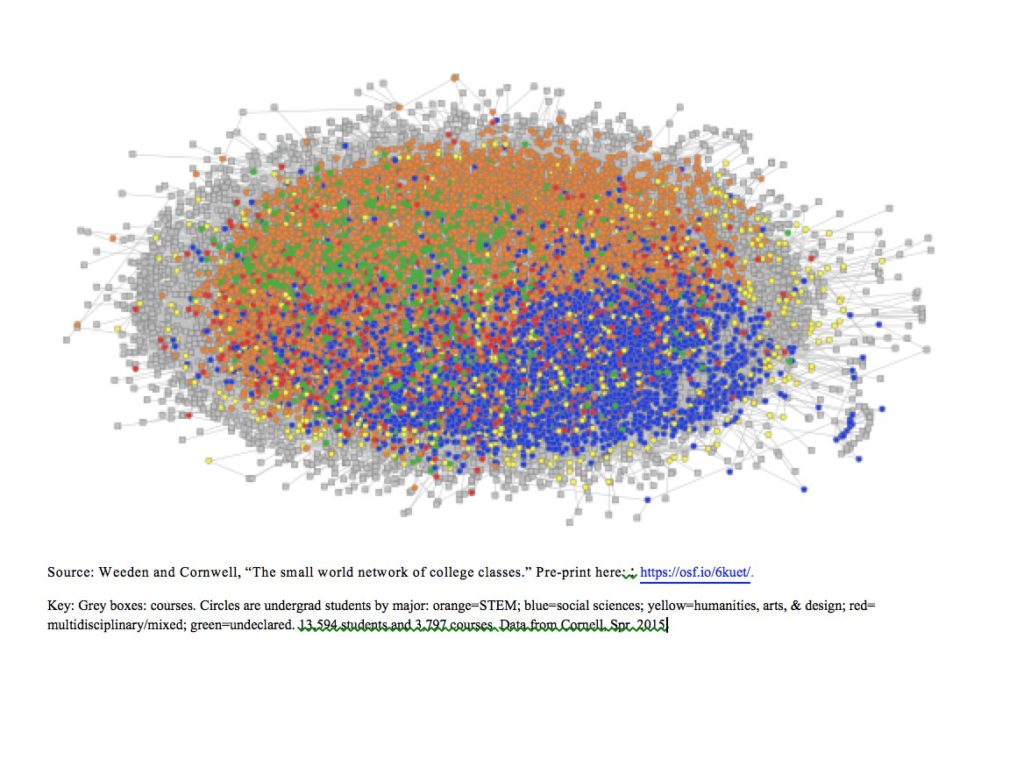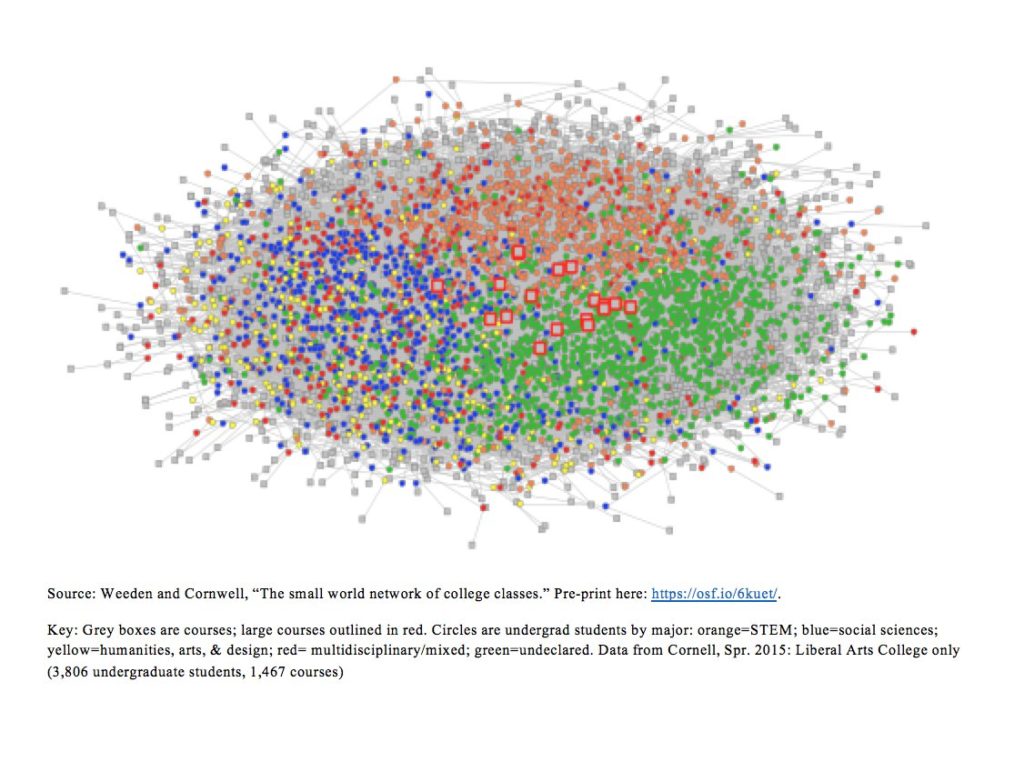No Way to Beat The Spread

As the full picture of the economic impacts of the Great Lockdown emerges, there are several sectors that are bracing for the full financial hit (think state budgets which will no doubt crater as all forms of revenue dry up) or are limping along such as higher education. Many faculty are hoping that colleges can sort of “walk it off” during the summer; but, containment of COVID-19 will not happen anytime soon and certainly not before the fall.
Colleges pay most of their bills from endowments, student tuition & fees, student room & board, and state support (in the case of state institutions). In an economic crisis, these revenues would be squeezed; but, the public health crisis of COVID-19 has created an existential threat for institutions. The threat is particularly dire for liberal arts colleges whose primary missions include hands-on teaching, small classrooms, low student to teacher ratios, close relationships between students and faculty, and an integrated residential community of students.
Higher education has been facing the looming threat of reduced demand because of lower birthrates for some time. It seems quite likely that the current health crisis will accelerate the closure of a number of smaller, tuition-driven institutions with endowments unable to make up for lost revenues or, as we might come to see throughout this crisis, leadership failures.
Some colleges are, indeed, preparing for the economic outcomes as they currently can be understood. Read Campos’ post on Harvard’s hiring and wage freeze. State education budgets are going to be slashed. The President of Macalester College, Brian Rosenberg, suggests colleges “will be forced in 2020-21 to experiment with variations on the traditional calendar that include a fuller use of both winter and summer breaks. If at least some of those changes became permanent, it would allow colleges to educate more students or to educate them more efficiently or both. The simplest way to lower the cost of college is probably to eliminate the long breaks and make it easier for students to graduate in three years.” Certainly there are other more straightforward responses – cut staff pay, cut faculty pay, cut sabbatical, cut tuition programs for students, cut everything, and add more adjuncts (whose pay will be cut). These all suck.
The major issue for most colleges, thus, is how to plan for the fall. Network analysis by Kim Weeden and Benjaman Cornwell shows that there is virtually no way to stop the spread of the virus on a large campus much less a smaller campus where students of all majors find themselves in the same rooms, cafeterias, and public places.

Weeden and Corwell’s summary is a particularly grim version of a glass half-empty (from their abstract).
“We find that course networks remain highly connected even if one excludes the largest courses from a face-to-face enrollment network. This implies that a hybrid model of instruction, wherein large courses are taught online and smaller courses are taught face-to-face cannot resolve the challenge of course co-enrollment as a potential means of transmission. “
Colleges are wrestling with what to do. Beloit college has already announced that it will start later and split its fall semester into two seven week modules, which will allow for the potential of the first module to be remote. Oklahoma University President Joseph Harroz has floated the idea of taking fall and spring classes online for the following academic year. The federal government has offered $3 billion to state universities (firing a bullet at a freight train). Betsy DeVos, in true vulture form, offered this ominous statement in accompanying the money: “Governors have the opportunity to truly rethink and transform the approach to education during this national emergency and ensure learning continues. At a time when so many school boards and superintendents have shut down learning for the balance of the school year, I want to encourage each and every governor to focus on continuity of education for all students. Parents, families, teachers and other local education leaders are depending on their leadership to ensure students don’t fall behind.”
Most colleges, though, at this point are just trying to get through the semester. It would behoove institutions to think about some radical changes to prepare for and adapt to COVID in the classroom. One Class At A Time (OCAAT) may be an option akin to Beloit’s strategy but more focused on getting students into the classroom earlier. One could envision colleges starting very late into the fall and going deep into the summer. This option works for institutions like mine that don’t offer summer courses; but, might not work for other institutions.
It seems, though, if campuses are to open in the fall – which, absent a bailout from the federal government, they will feel compelled to do – they are going to have to come up with some kind of public health strategy. Modules, OCAAT, or even delayed starts won’t (under current circumstances; these could change) stop the in-person transmission rate of virus. Typically a public health strategy would rely upon the federal government which is acting too much like a confederacy to tackle this issue. I’d be interested what many of the readers of this blog have to say about possible strategies, but it is likely that such strategies run the gamut of prosaic to Orwellian. Faculty could be required to have a quarantine accommodation plan in their syllabuses, all students and faculty could be required to wear masks and gloves, all rooms would be sanitized after use and potentially certified by a third party as “COVID Clear” (dibs on the name), the number of students in rooms would be reduced to some acceptable density, institutions could have daily calls with public health agencies, institutions could designate floors or dormitories for ill individuals, students could be required to be tested for antibodies (assuming we have tests) as they are currently required to show that they have been vaccinated, students could wear devices that monitor temperatures in real time, and so on.
Even after all these measures, though, the unfortunate reality is that many students may simply not be able to afford college. Colleges will then have to make painful trade-offs between offering more financial aid or relying more heavily on full-pay students. The economic downturn may offer unwanted help with some of the social distancing.
After all this, though, I’m optimistic that with planning and foresight colleges can address this challenge. I know I’ve missed a load of strategies here, but, I thought I’d get the conversation going. How can colleges adapt to COVID-19?


